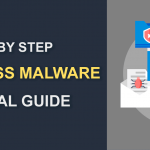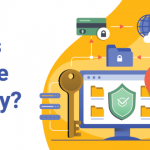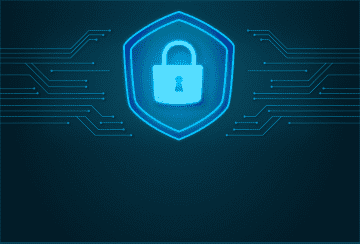Check Your Website Security Before Its Too Late!
April 24, 2024 | By Admin

Website Security Check
You've probably tried to visit a website before, only to find that your browser has blocked the site because one or more of its webpages contains malware. But what about the website owners? Do they realize that their site is infected? Shouldn't they have noticed before your browser did? The answer is "yes." Follow these steps to make sure your site is secured:Check Out Google
There's a way to validate your suspicion if your website does have malware or other issues. Google has a website for diagnosing unsecured websites. Please use http://www.google.com/safebrowsing/diagnostic?site=[SITE NAME]. Remember to change the [SITE NAME] into your site address. You'll see a quick report on your website's condition there. Though, Google won't show you what kind of malware attacked you.
Stronger Password Combinations
When Google gives you a report and it has malware on it, you need to change all of your passwords. Use a stronger password combination this time. Avoid reusing passwords for different accounts.The Hidden Danger
Even new hackers will use a certain attribute to display malicious links. The display=none attribute will prevent visitors and site owners from finding the intruder links. Nobody searches for how to eradicate malware until they have undeniable evidence. The average person might not notice malicious links right away, but search engine bots can. You can be deranked from search engines like Google if such links are found. It is easy to find unwanted links, but you need to look very carefully for them. Here is what you should do:- Open your source code on a web browser. (Most browsers let you go to the Page Source under the View menu.)
- Check for the and tags for strange links.
- Look for links next to the "display=none" attribute.

 (18 votes, average: 4.61 out of 5, rated)
(18 votes, average: 4.61 out of 5, rated)









